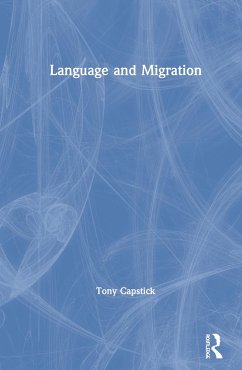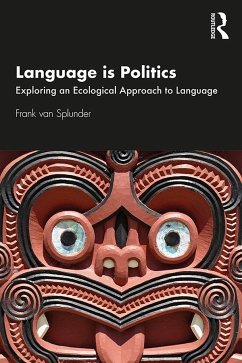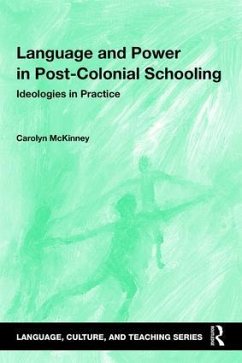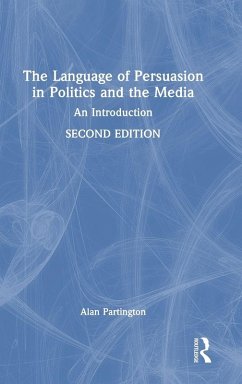
Language, Society and Power
An Introduction
Versandkostenfrei!
Versandfertig in 1-2 Wochen
149,99 €
inkl. MwSt.
Weitere Ausgaben:

PAYBACK Punkte
75 °P sammeln!
Language, Society and Power provides an accessible introduction to the study of language in a variety of social contexts. This book examines the ways language functions, how it influences the way we view society and how it varies according to age, ethnicity, class and gender.














